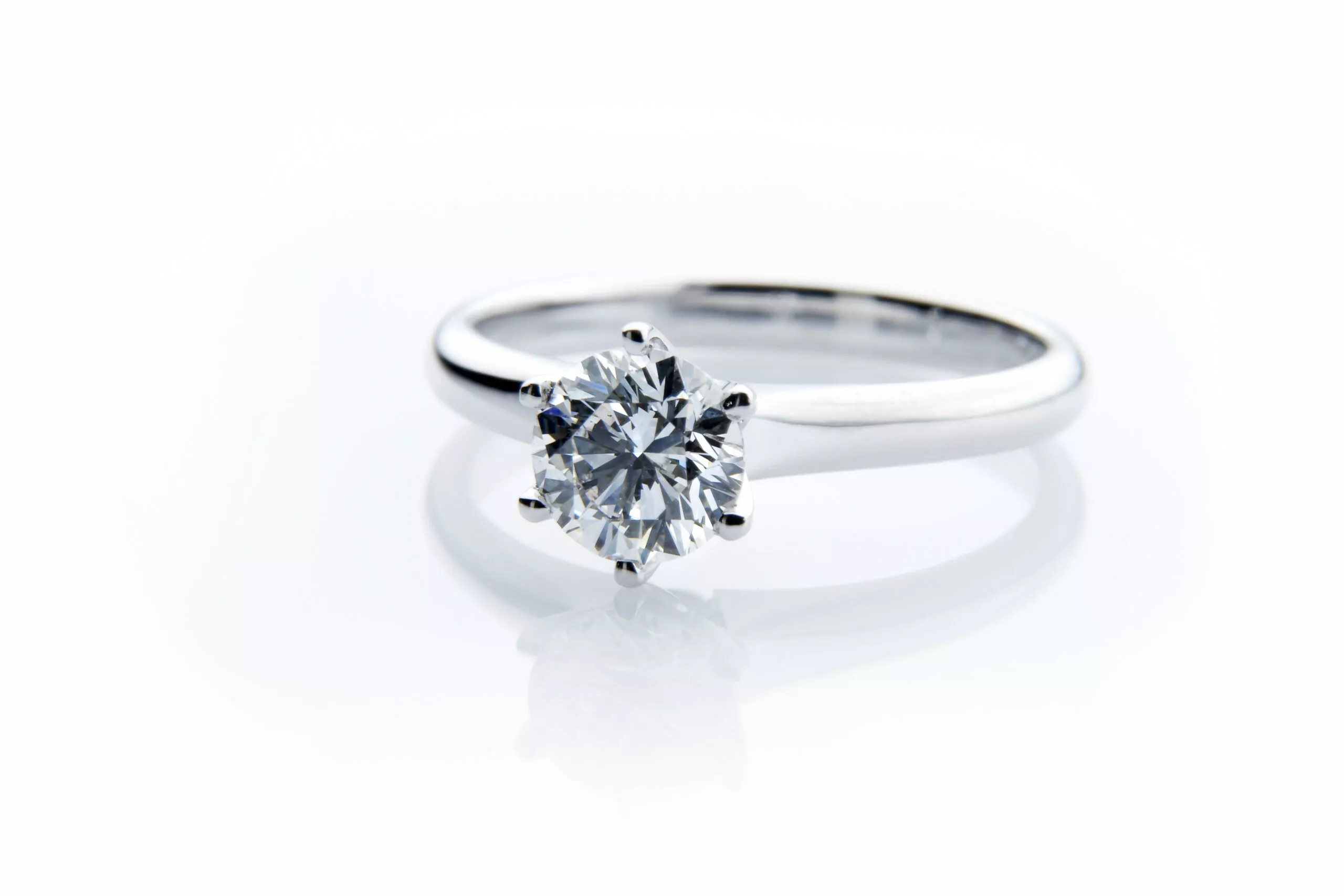
Diamond clarity grade
Natural diamond inclusions
Natural diamonds have small imperfections known as inclusions – the fewer the inclusions, the higher the clarity grade. By definition any diamond graded SI1 or higher has no inclusions visible to the naked eye. The most common request Metal Urges receives from its clients is for ‘eye clean’ diamonds of SI1 or better. Understandably, in the crisp clean light of Tasmania it is especially important to only use ‘eye clean’ diamonds with no inclusions, to make the highest quality diamond engagement ring that will give a lifetime of pleasure.
Jewellery
Metal Urges white diamond colour and clarity recommendations
Under 0.75ct
Colour – minimum ‘G’ colour
Clarity – SI1
0.75ct or above
Colour – minimum ‘F’ colour and upwards
Clarity – VS2
